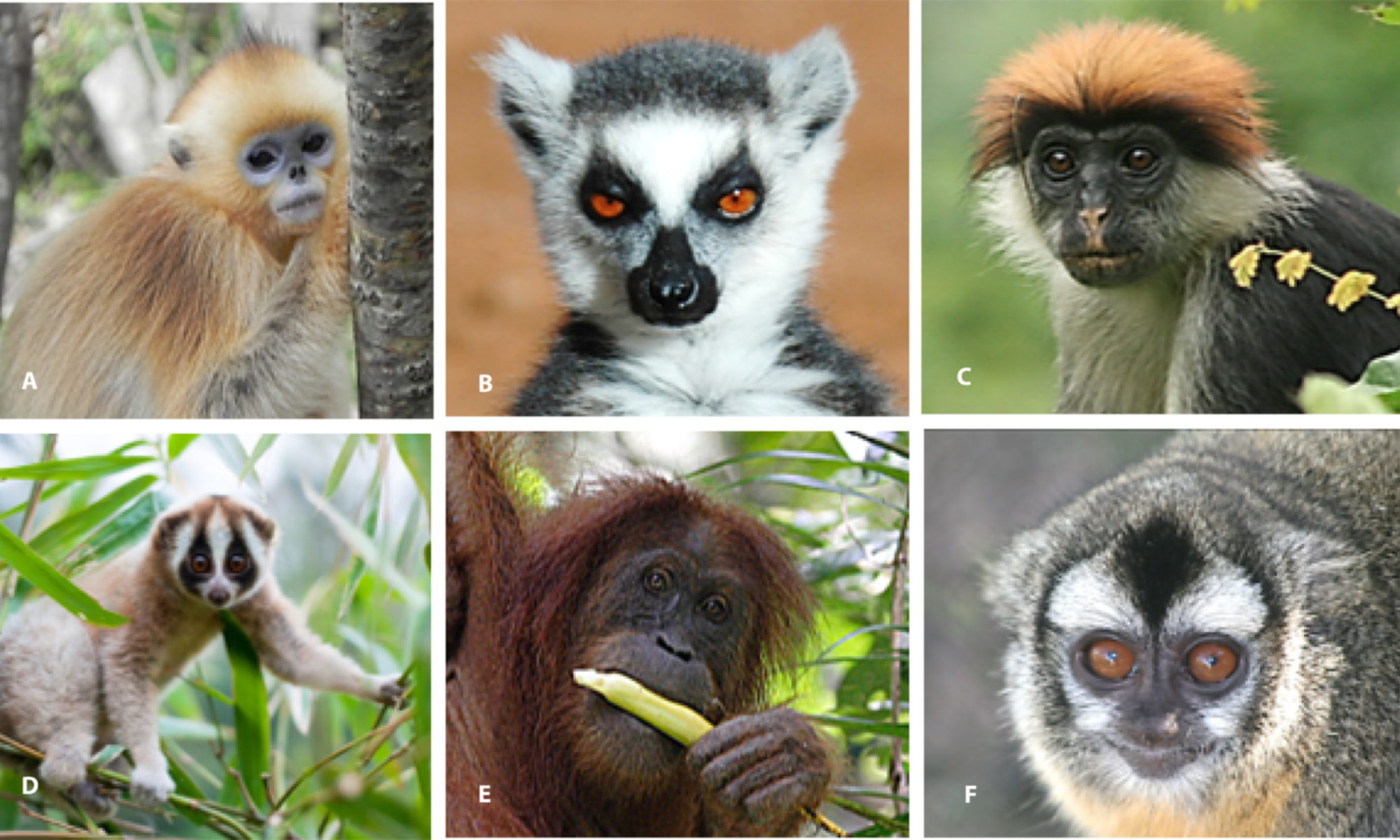The effects of human activity in certain heavily forested areas can be felt now more than ever on several different levels as the rate of deforestation and forest fragmentation has increased consistently in recent years. The overall dynamic of these deforested areas has changed drastically and has directly impacted certain primate species as some may be unable to adapt, hence leading to their endangerment and possible extinction. The effects of this increasing human activity however can be seen in how the ecosystem is affected at the surface and how it affects the ecosystem on an unseen, but more biological level.
When a forested area is being fragmented, there tends to be certain types of trees that survive and some that don’t adapt to the changing environment well. This is mainly based on where a tree is located in the newly created forest fragment. Usually trees that were towards the inward part of a forest surrounded by other trees, but suddenly put in an isolated state on the edge of a fragment are subject to a high mortality rate.These trees suddenly put on the edge of a fragment are exposed to new factors such as high speed winds, light, and animals which lower the survival rate.
This alone alters the tree dynamic of a forest and has the potential the ruin the ecosystem that local species know as home, as prefered trees may be killed and an overall shift in the forest’s composition may occur. Certain species of primates have been unable to adapt to the sudden change and it has not only impacted their survival rate, but also the overall ecosystem that they live in. Primates play a key role in balancing out certain ecosystems in different regions of the world and providing less of them or completely removing them may create an unbalance among other organisms in the same ecosystem.
Certain primates are primarily herbivores and can benefit any plants living in the same ecosystem as them. While too much plant consumption can be negative for the plant’s survival rate it is very common that these plants, over time, develop a defense mechanism, helping them survive. Some plants that were being constantly consumed over time have developed a type of toxin in their leaves to discourage animals from eating them. Certain primates also consume plant seeds however, causing certain plants over time to develop seeds with a harder outer shell making them less susceptible to consumption. This harder shell gives a plant seed a better chance of traveling unharmed as primates tend to disperse them, therefore allowing the same plant to grow and expand in several different locations.
Primates also have the potential to spread a plant’s pollen in a similar process as how they spread a plant’s seeds. Primates are usually attracted to a plant’s nectar and in the process of gathering a plant’s nectar they get covered in pollen which spreads to whatever ground they cover. The way they spread seeds and pollen make primates a key factor in tree growth and regeneration in whatever forest they are located in which makes them even more vital in this new age of deforestation and forest fragmentation. As the rate of human activities increases forested areas are being downsized and primates, who have the ability to help, are also endangered from it.



